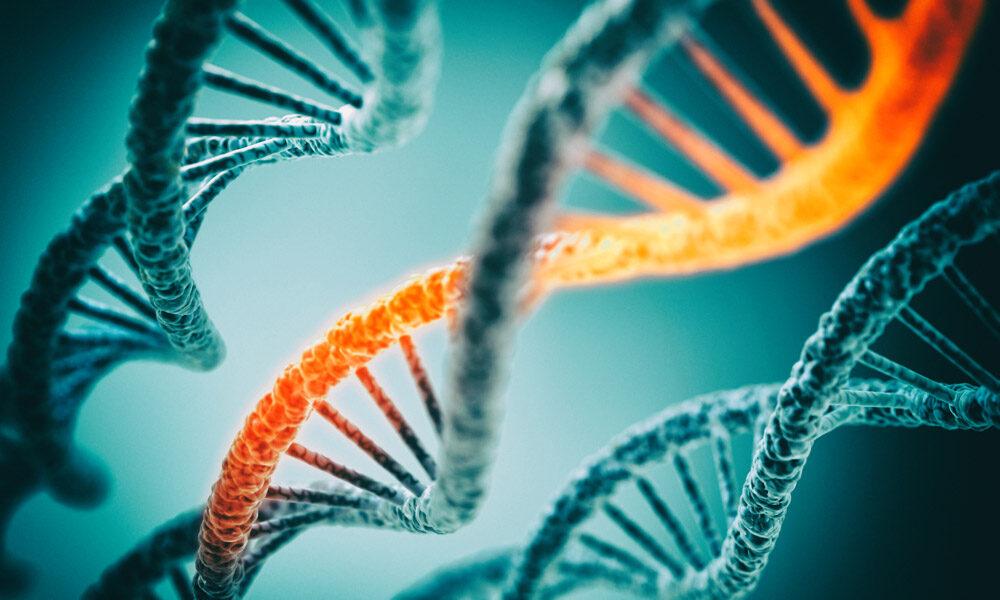In September 2015, Monica was diagnosed with breast cancer, which was already in the middle stage. Monica was an identical twin, and her 38-year-old sister Erika had also had regular mammograms and ultrasounds without ever detecting cancer. In Monica’s left breast, a tumor had grown to be the size of a tennis ball, and the cancer cells had spread to her lymph nodes.
These twins share the same genes, so why did one develop cancer and not the other?





